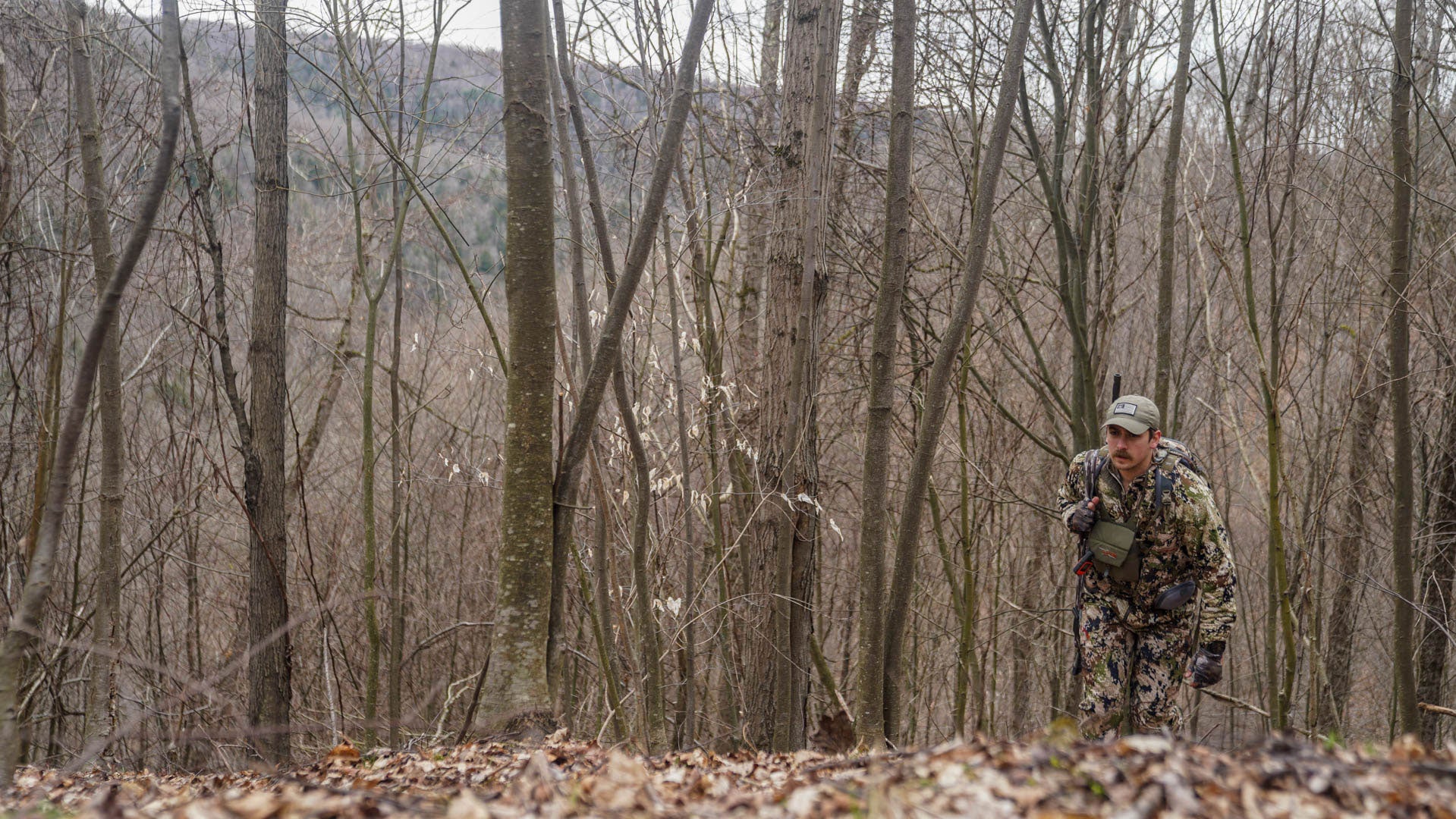Article by: Tyler Ross
Turkey Season has come and gone in some states, still rocking in a few and just kicking off in others. Here at Timber Ninja, we have had incredible times with friends and sought solace in the woods. Over the past few seasons, we have noticed that some ridges and hollers seem quieter than in years past. A few scouting trips showed fewer signs of scratching on road beds and clearings. Turkey's scat is few and far between. There is no doubt that the consensus across the Wild Turkey range is that numbers are declining. The beautifully, haunting sound of a gobble off the roost before the world wakes up seems to be fleeting in the morning fog.
Turkey Declines
For almost a decade, I have worked as a Director for a Conservation District in the Southern Appalachian Mountains of Western North Carolina. Our primary directive was to protect natural resources across the District (defined by County Boundaries in WNC) with all constituents in the District. That included private and public lands and those who utilized them. We worked to implement conservation through cost-share programs, the Farm Bill, and multiple grants. Early in my career, I remember going on field visits with ag land and forested landowners when seeing and hearing turkeys was not uncommon. It was rare to go somewhere from late March through early June and not hear a gobble when we’d get out of the truck. Many of our farmers would complain about how the turkeys would eat the grass seed in a pasture they were seeding or a field they were planting for silage corn. But all of them admired the majestic shimmer of their feathers in the sun and their interactions on the landscape. Then, around 2019, it seemed that historically high areas of birds had fewer. We would be on field visits and notice that the flocks hanging in the fields appeared lighter in numbers. Reports began to come out on population declines, and some states changed their tag allotments and season rules. By the spring of 2022, the silence of the ridges and hollers was deafening.

Are Predators to Blame for Wild Turkey Populations Decreasing?
Many folks feel that an increase in predators on the landscape is the primary contributor to the wild turkey population decreasing.
I can see this belief as studies have shown that the nest predation of turkeys is on the rise. Raccoons, skunks, house cats, snakes, possums, coyotes, and some birds of prey are among the leading contributors. I remember growing up seeing dog boxes with coon dogs at every gas station, and I remember the baying of the hounds as they ran across the mountains, treeing. Now, the sport of running dogs for coons seems to be disappearing. Trapping for coyotes and other predators is also an art going away. Of all these predators, I think the one that is doing more ecological damage and receiving minimal coverage is the feral or domestic non-native exotic Eurasian species known as the house cat. The loss of songbirds and many ground-nesting birds, such as the Bobwhite Quail, lay at the feet of these invaders.
Habitat Loss
Others are in the camp of the decline of habitat as a leading contributor to the population drop. It is no secret that land use land change over the past 50 years has been constant. In the southern Appalachians, farmland is rapidly transitioning to urban/suburban, and the forest canopy continues to close. Every living creature on this earth needs three things to survive- Food, Shelter (Cover), and Water. A closed canopy forest on the Appalachian landscape has minimal food and cover. A housing development or box store parking lot has none. Young forests and early successional habitats provide food and cover with sunlight hitting the floor. Disturbances are a natural occurrence and a vital part of the mosaic of the landscape. The research shows that we need to be on the landscape, taking the role of megafauna/flora and historical regimes (i.e., fire) that are no longer present.
I think it is multi-faceted, but most of the issues can be addressed by focusing heavily on habitat work and adequate predator control/management. Habitat is a long game that requires a lot of sweat, and a plan must be developed by the best science available. It is not a quick fix, and it is not a band-aid. It will be for those who follow us in most instances, but we can still bring back the good old days of turkey hunting for many of us. Trapping and predator control get you on the ground and make you a better woodsman. Being a better woodsman makes you a better conservationist since you will understand more of the relationships between the fauna and flora.

Moving Forward
The challenge will take all of us, but it makes it more achievable with a group to rally behind. That is why we at Timber Ninja Outdoors are partnering with Turkeys For Tomorrow. TFT came about in 2020 after a group of folks met to discuss alarming trends with Turkeys they were observing. In 2021, they received their 501(c)3 status and started work immediately. The primary focus is Research with multiple land grants and working with hunters to continue to be the voice for Wild Turkeys. From now until June 1st, 2023, Timber Ninja is giving $5 from every SWAG purchase to TFT. One of the cornerstones at Timber Ninja is our commitment to Conservation.
We look forward to working with TFT down the road. Join us as we do our part to leave things better than we found them.




